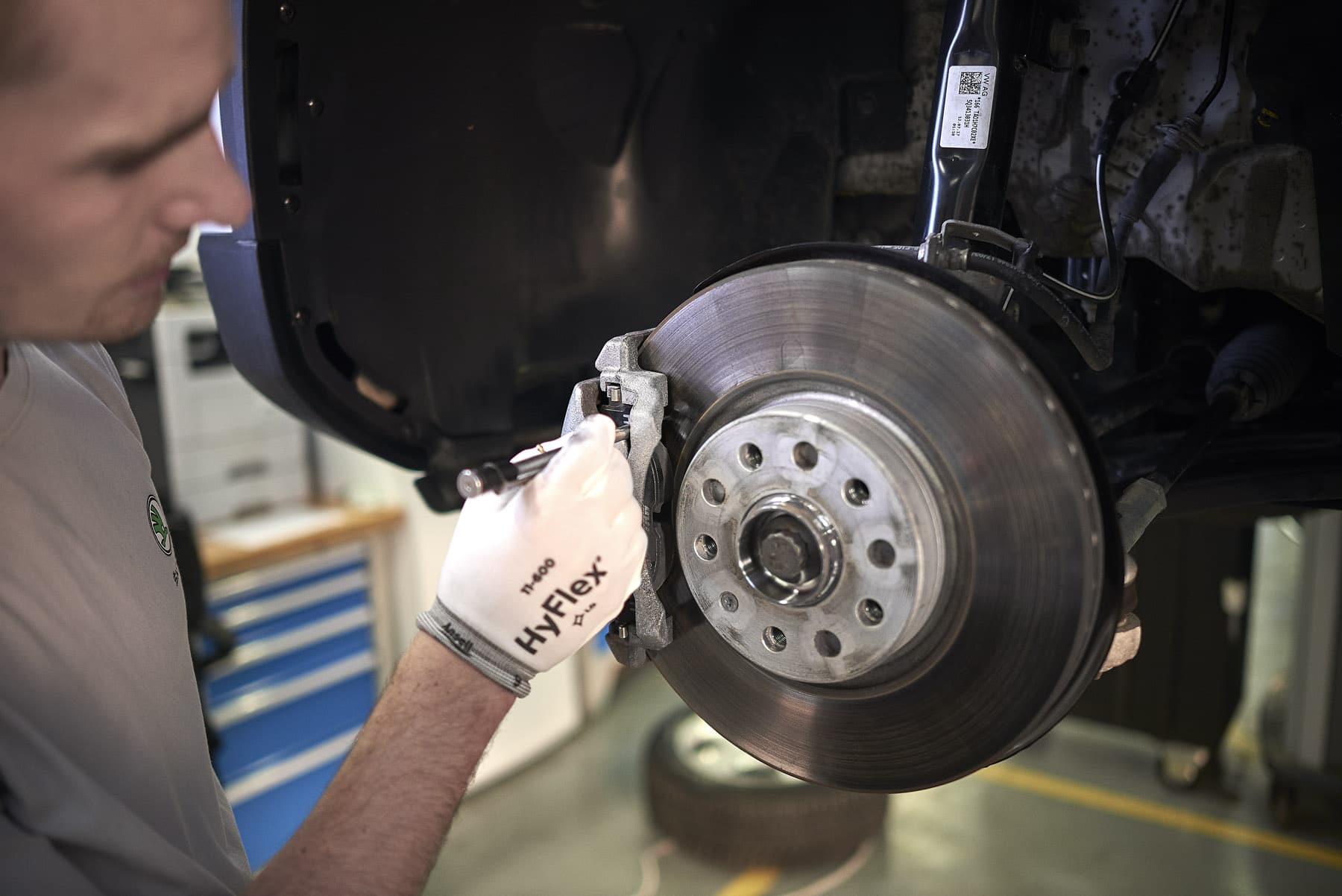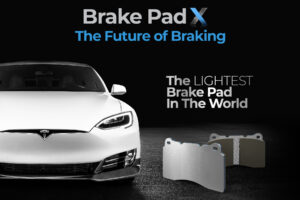Sign up for our weekly email to stay on top of the latest news and insights!
Source: ŠKODA Storyboard post
MLADÁ BOLESLAV, Czech Republic — You step on the brake and the car starts to slow down. Depending on how hard you apply the brake, it slows down a little, or a lot, or comes to a complete stop. It seems simple, and in fact it’s been the same for decades. Despite the increasing presence of electronics in most car systems, the mechanical part of braking systems remains essentially the same. Classic disc or drum brakes can be found in every car today and they basically work on the same principle.
But things are a lot more complicated than they seem at first sight. “There are a number of demands placed on the functionality of brakes that make brake design an extremely demanding and complex matter,” says Michal Klofec, brake system and control coordinator at ŠKODA Technical Development. The fundamental requirement is safety, of course: the brakes have to stop the car safely within a certain distance, even in the event of partial system failures. This distance is defined by legal regulations.
Some like hard braking, some soft
“We meet the requirements of the legal regulations, of course, but we try to do even more. The current ŠKODA OCTAVIA, for example, stops from 100 km/h to zero in 33-34 metres, which is excellent,” explains Klofec. Another factor in achieving such a short braking distance is modern tyres that can transfer the braking effect onto the road surface, he says.
Sign up for our weekly email to stay on top of the latest news and insights!
To ensure that the driver finds the brake easy to use, is always in control of the vehicle and is not disturbed by any unwanted braking effects, a further set of criteria and requirements for brake design have to be met on top of the legal requirements. “Everyone has slightly different expectations from brakes. Some drivers like instant bite, others prefer less aggressive braking,” explains the brake expert. Brake tuning is always something of a compromise, with the experts having to consider all the car’s occupants, not just the driver. For their comfort, everything needs to be calibrated so that the braking effect has a fairly natural response.
To view the entire post with several images and explanatory segments, click HERE.








